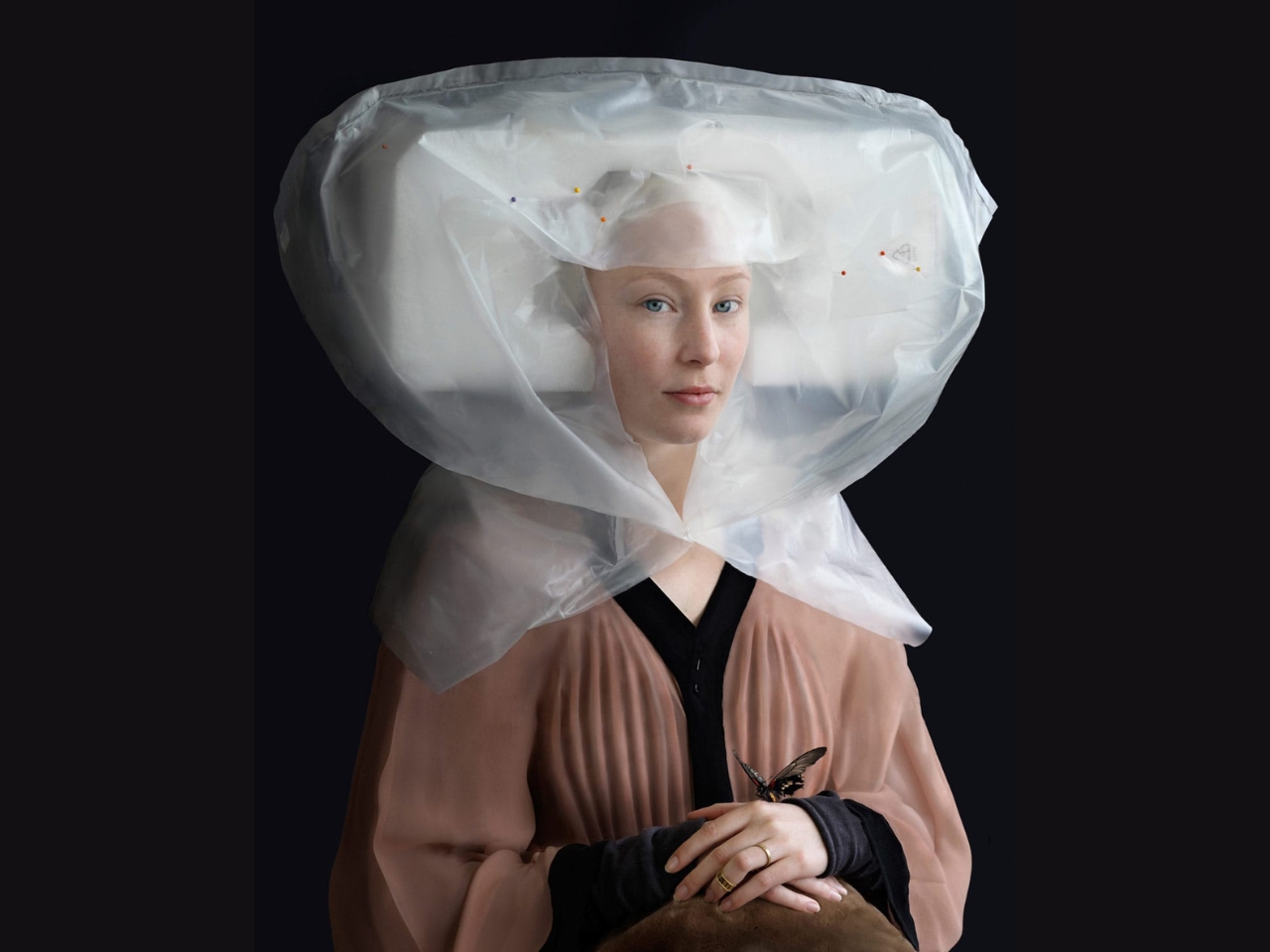
"When you think of Renaissance-inspired fashion, images of rich velvets, intricate lace, and elaborate headpieces likely come to mind. But Dutch artist and designer Suzanne Jongmans is challenging these expectations in imaginative ways. Rather than using traditional textiles, Jongmans crafts her historically inspired costumes out of recycled materials such as packaging foam, plastic sheets, and other discarded objects. Her work bridges the gap between the past and present, proving that beauty and creativity can emerge from the most unexpected sources."
"Suzanne Jongmans' costumes are instantly striking. At first glance, her creations appear to be authentic Renaissance garments, with their dramatic collars, structured bodices, and sculptural silhouettes. However, a closer look reveals the surprising origins of the materials. What looks like delicate lace might actually be bubble wrap, while a seemingly stiff ruff could be made from molded foam or plastic. Jongmans carefully collects and repurposes these everyday objects, transforming them into wearable art that both honors and subverts classical traditions."
"Jongmans' inspiration comes from her fascination with the Old Masters, particularly the painters of the sixteenth and seventeenth centuries. Her work pays homage to the meticulous detail and subtle lighting found in the portraits of artists like Rembrandt and Holbein. By photographing her costumed models in poses reminiscent of these iconic paintings, Jongmans creates a visual dialogue between eras. The result is a series of images that feel both timeless and contemporary, inviting viewers to reconsider what constitutes luxury, value, and sustainability in fashion."
Suzanne Jongmans crafts historically inspired costumes from recycled materials such as packaging foam, plastic sheets, and discarded objects. Her creations mimic Renaissance garments with dramatic collars, structured bodices, sculptural silhouettes, and faux-lace effects achieved using bubble wrap and molded foam. She draws inspiration from sixteenth- and seventeenth-century Old Masters, using portrait-style photography and period poses to create a visual dialogue between eras. The work subverts classical traditions while honoring meticulous detail and subtle lighting found in Rembrandt and Holbein. The recycled costumes function as wearable art and a deliberate commentary on modern consumption, waste, luxury, value, and sustainability in fashion.
Read at Yanko Design - Modern Industrial Design News
Unable to calculate read time
Collection
[
|
...
]